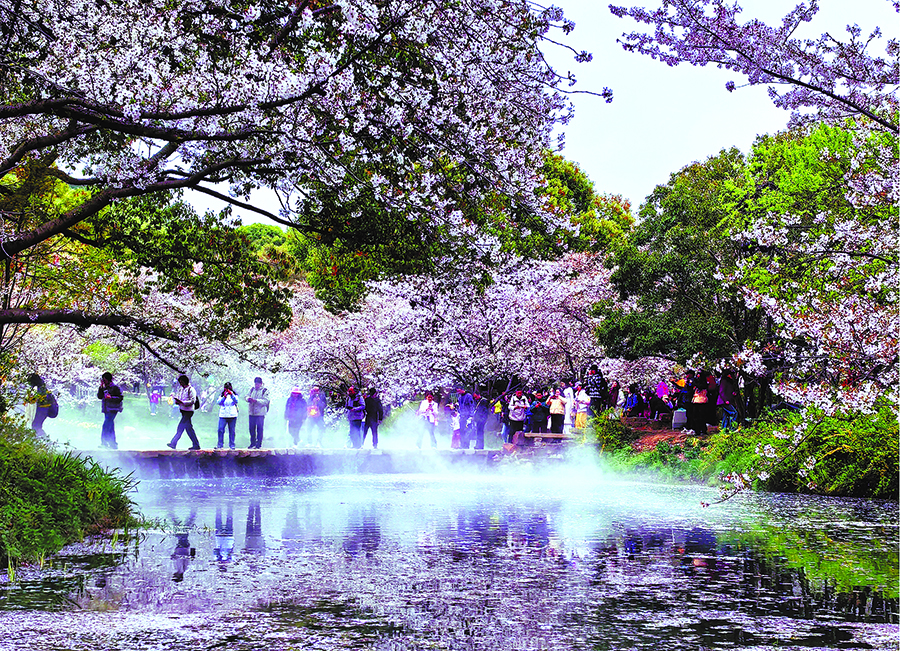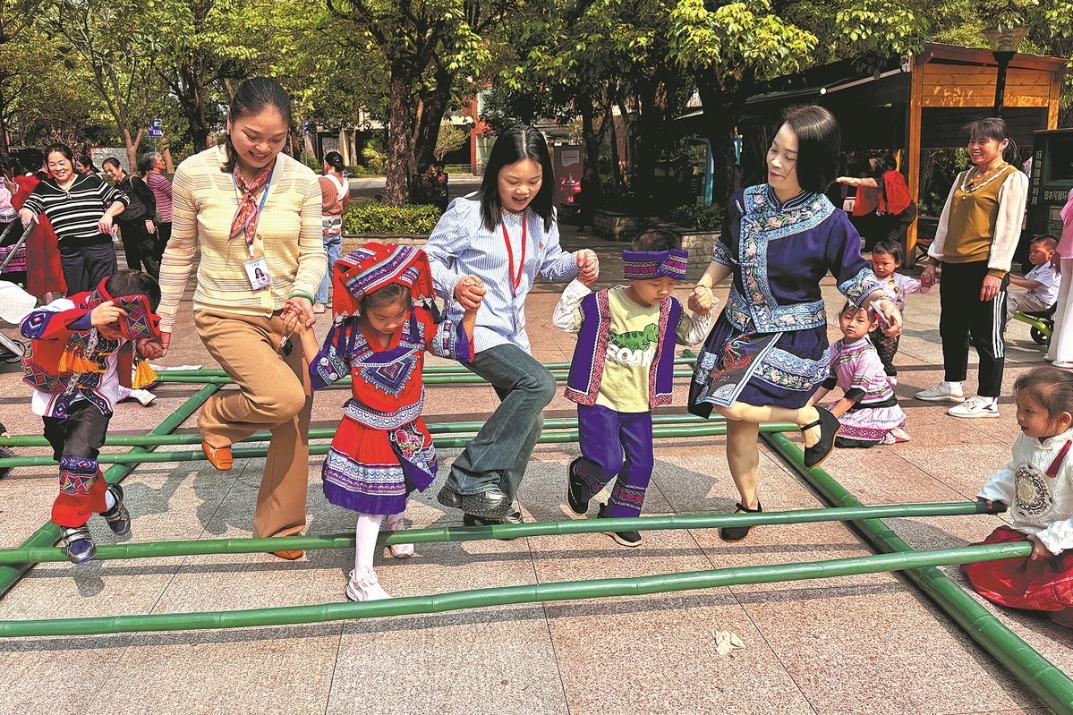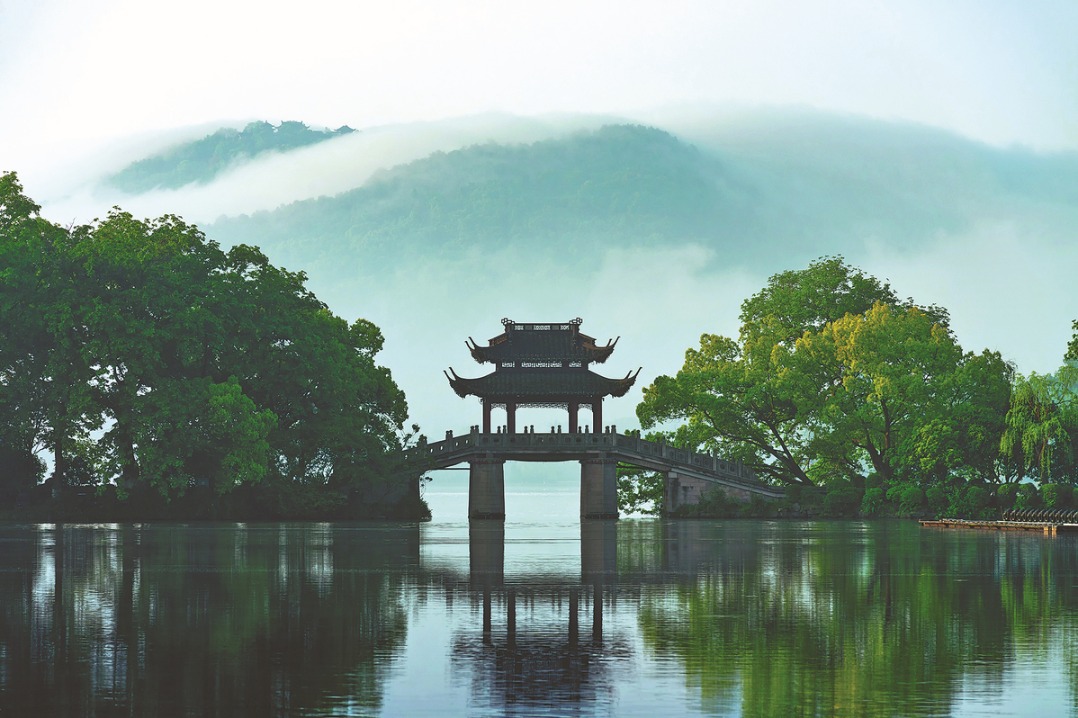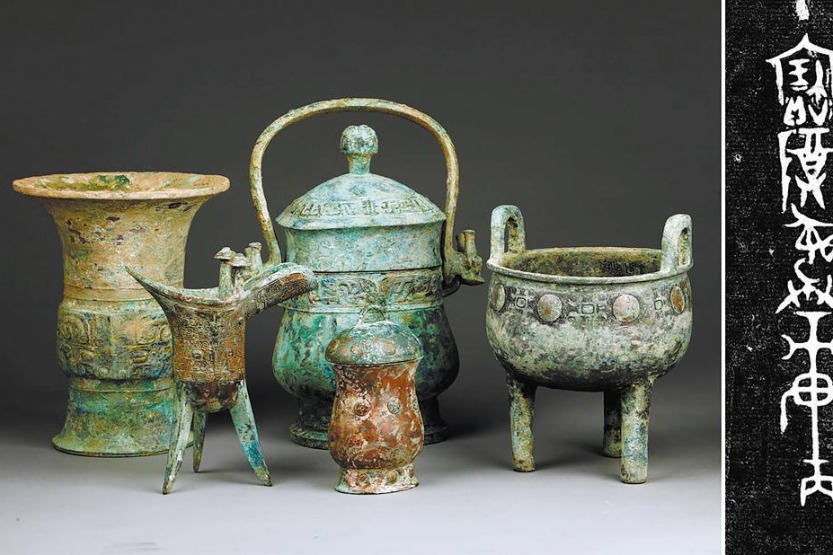Where nature is shaped by hand
Jiangnan's classical gardens are portals to the past, in which the echoes of yesterday are alive and growing, Yang Yang reports.


The literati loved spots like the West Lake, a garden created by nature but shaped by human hands. It is similar to the views at Yuantouzhu, a peninsula on the northwestern shore of Taihu Lake in Wuxi.
In Jiangnan, gardens are closely linked to Kunqu Opera, as demonstrated in The Peony Pavilion.
In his essay about the aesthetic connections between Chinese gardens and Kunqu Opera, renowned architect Chen Congzhou analyzed how the flourishing of Kunqu Opera in the Jiangnan region emerged simultaneously with — and remained inextricably linked to — the maturation of Chinese classical garden design during the mid-Ming Dynasty, concluding that "the differences lie merely in their forms of expression".
In other words, Kunqu Opera is a garden for the ears and a garden is Kunqu Opera for the eyes. The best place to see a Kunqu Opera is in a Chinese classical garden.
Sitting outside the Zhuyue Lou in the Zhanyuan Garden in the evening, it is possible to watch a film excerpt of the Kunqu Opera The Peony Pavilion projected using Holographic Laser Projection in the pavilion on a stone boat in the pool.
Elegant movements, delicate singing, the bright moon, cool wind and the beautiful garden will drive away any bad mood.
After sitting and watching for a while, my friend and I said almost simultaneously that the ancients really knew how to live — with such a splendid garden and captivating opera performance.
























